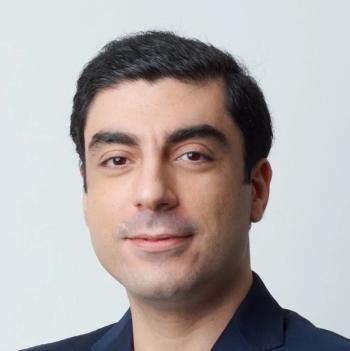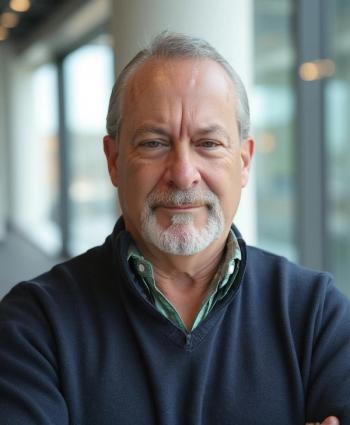
The opioid pain paradox
I was recently discussing the complexities of opioid management of chronic pain with a medical student, when I recalled the following story.
I was recently discussing the complexities of opioid management of chronic pain with a medical student, when I recalled the following story:
Well over 30 years ago, a friend of mine-a fellow I grew up with-was in the throes of a nervous breakdown. While this is not a term indexed in many psychiatric texts, it was a painfully accurate description of his circumstances.
Popular on our site:
He had made, perhaps hastily, a life decision that he had become uncomfortable with and the deterioration began. A bit hypochondriacal by nature, he began with physical symptoms. As I was his doctor as well, I became involved.
Robert Bobrow, MD
Over several months, his ailments multiplied until they overwhelmed him, and he became delusional as to their etiology. Although he had medical knowledge (he was a licensed physician’s assistant), he believed he had neurosyphilis destroying his nervous system and that he was having myocardial infarctions in rapid succession. Although he did not believe his symptoms were psychological, he had reached the juncture where admission to a psychiatric in-patient service was imminent and inevitable.
Holding a thread of hope that I could somehow thwart his decline and keep him out of the hospital, I decided to give him
I doubt I’d have tried to do this
His dad, whom I had also known since my childhood, brought him to my office. He knew, and consented to, what I was about to do. I told my friend I was going to do a lumbar puncture to relieve pressure on his brain, and in his condition, he was eager to have this done. I put him on his side, knees up, as if to do an LP, pinched the skin over his lumbar spine, and give him 50 mg subcutaneously.
Further reading:
Within minutes, his illness started to abate, and within half an hour, it had completely remitted. He was lucid, his old self. He could see the delusions for what they were, and found it absurd that he could have had neurosyphilis or a fusillade of infarctions.
He was calm and relaxed, and could think clearly. But after several hours as the drug wore off, symptoms crept back, he re-traced the outline of his descent and by the next morning, he was again completely severed from reality. He could remember his period of lucidity but could not return to it. He was admitted to a psychiatric ward for about two weeks. He emerged moderately improved, and I told him what I had actually done.
What has stayed with me is the realization that mental pain and physical pain have the same neurochemical representation in the brain, at least for opioids, for some people. One can see how this might complicate pain management.
Opinion:
It is well-known that depression often co-exists with chronic pain, and can even
Our willingness to use opioids to treat chronic noncancerous pain is only a few decades old. It has been a godsend for many patients, a gateway to addiction for some, and a problem for doctors trying to do the right thing. Guidelines are vague and often not evidence-based, and law enforcement, in its desperate attempts to stanch the overuse epidemic, has sometimes
Our society is awash with drugs, prescription and otherwise. Marijuana exploded into the middle class in 1966; cocaine did the same in the early ’70s. This did not involve physicians (nor did nicotine and alcohol). Doctors did accelerate their opioid prescribing during the 1990s when pain became the “fifth vital sign.”
Popular on our site:
But attempts to stem the epidemic with tighter regulations have been
Harm reduction via opioid agonist
Further reading:
The specific opioid antagonist naltrexone is used to treat alcohol addiction and is a component of a diet pill (Contrave), suggesting multiple pathways to opioid receptor activation. To be free of pain, emotional and physical, has become the Holy Grail of our culture, and doctors have been conscripted to join the search.
My friend, now in his late 60s, is currently doing well. He has intermittently been prescribed antidepressants, and had one more short psychiatric admission years later, precipitated by the stress of his wife’s losing battle with breast cancer. He had a brief flirtation with opioids when he found they could calm him down, but quickly realized the folly of this, and desisted. He is to this day grateful that I tried so desperately to keep him out of the hospital those many years ago.
My medical student seemed quietly upset. She will likely not look to treat chronic, opioid-requiring pain patients, and will refuse their care or refer them out, as so many of us feel compelled to do.
Newsletter
Stay informed and empowered with Medical Economics enewsletter, delivering expert insights, financial strategies, practice management tips and technology trends — tailored for today’s physicians.



















